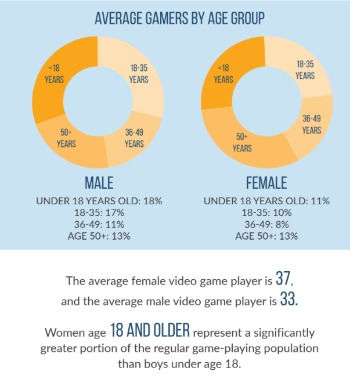12 Principles of animation
- Zack Scanlon
- Mar 4, 2021
- 2 min read
Updated: Mar 22, 2021
the illusion of life and was developed by 10 founders at Disney in 1981 talking about the principles from the 1930's.
-Squash and stretch
gives illusion of weight and volume and is used for things like dialogue and facial expression.
-Anticipation
Prepares the audience for a major action like a character is about to jump so you do the run up or change of expression.
-Staging
Poses and actions should be clearly communicated to the audience so you can relate the character to the audience.
-Straight ahead and pose to pose
Straight ahead animation starts at first drawing and works drawing to drawing to the end of a scene. Pose to pose is putting down the key poses and then going back and adding the detail.
-Follow through and overlapping
When character stops all other parts continue to catch up to main mass of character like arms or long hair. Nothing stops at once and timing is critical.
-Slow in and out
As an action starts more drawings near the starting pose one or two in the middle and more drawing near the next pose. Fewer drawings make an action faster and give more snap to a scene.
-Arcs
All actions, with few exception(something mechanical) follow an arc/slightly circular path. Arcs add natural action and better flow.
secondary action
A secondary action adds to and enriches the main action and adds more dimension to the character animation.
-Timing
Timing is all about where you put your keyframes. Timing takes trial and error
-Exaggeration
Exaggeration increases the amount of appeal and makes the animation much more readable.
-Solid drawings
Basic principles of drawing form, weight, volume solidity and the illusion of three dimension. the fourth dimension is movement in time.
-Appeal
Live performer has appeal and animation has appeal. All characters have appeal whether they are heroic/villainous/comic/cute.


Comments